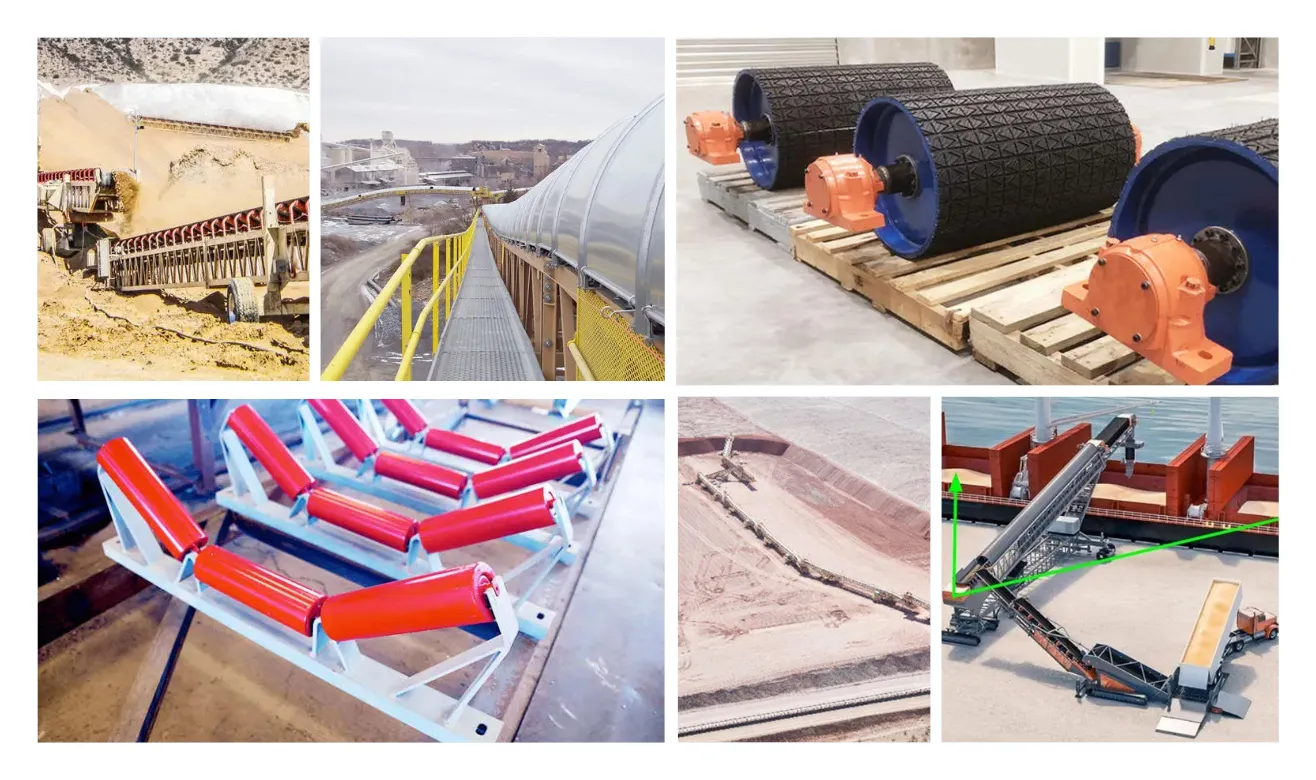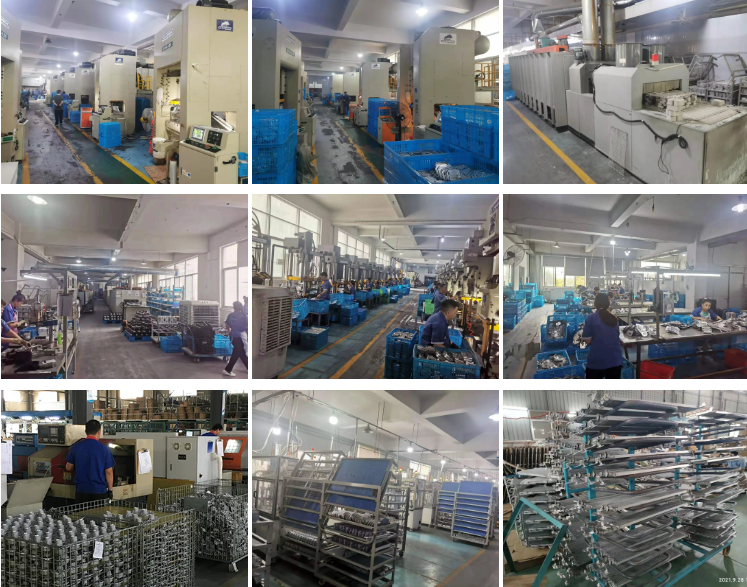Introduction to Snub Pulley for Airport Baggage Systems
Key Points:
- High-Quality Material
- Precision Engineering
- Customizable Design
- Optimal Performance
- Long-lasting Durability
Advantages of Snub Pulley:
- Enhanced Efficiency: Snub pulleys help in maintaining proper tension and tracking of the conveyor belt, ensuring smooth operation.
- No Slippage: The design of the snub pulley prevents slippage of the belt, reducing the risk of accidents and downtime.
- Reduced Maintenance: With high-quality materials and precision engineering, snub pulleys require minimal maintenance, saving time and costs.
- Longevity: Snub pulleys are built to withstand heavy loads and continuous operation, providing long-lasting performance.
- Customization Options: Snub pulleys can be tailored to fit specific conveyor systems, ensuring compatibility and optimal functionality.
Process of Compound Pulley:
- Mold: The mold for the compound pulley is carefully crafted to ensure accurate dimensions and smooth surfaces.
- Casting: High-quality raw materials are melted and poured into the mold to create the pulley shape.
- Raw Materials: The raw materials used are selected for their strength, durability, and resistance to wear and tear.
- Production: The production process involves precision machining and assembly to create the final compound pulley.
- Testing: Each compound pulley undergoes rigorous testing to ensure quality and performance standards are met.
- Antirust Treatment: A special antirust coating is applied to the compound pulley to protect it from corrosion and environmental damage.
- Separate Inspection: Each pulley is individually inspected for any defects or imperfections before being approved for use.
- Marking: The compound pulleys are marked with identification codes for easy tracking and maintenance.
What are the differences between bend pulley and snub pulley?
- Bend pulleys are used to change the direction of the belt, while snub pulleys are used to increase the wrap angle of the belt around the drive pulley.
- Snub pulleys are typically smaller in size compared to bend pulleys.
- Bend pulleys are often placed at the tail end of the conveyor system, while snub pulleys are located near the drive pulley.
- Bend pulleys help in reducing the stress on the belt during directional changes, while snub pulleys assist in maintaining tension and tracking.
- The design and function of bend pulleys and snub pulleys are tailored to specific conveyor system requirements.

What is the use of snub pulley in belt conveyor?
- Ensures Proper Tension: Snub pulleys help in maintaining the tension of the conveyor belt, preventing sagging or slippage.
- Improves Tracking: By increasing the wrap angle of the belt around the drive pulley, snub pulleys enhance belt tracking and alignment.
- Prevents Belt Damage: The use of snub pulleys reduces the risk of belt wear and tear, extending the lifespan of the conveyor system.
- Enhances Efficiency: Properly installed snub pulleys optimize the performance of the conveyor system, increasing throughput and productivity.
- Reduces Maintenance: With the help of snub pulleys, conveyor maintenance requirements are minimized, saving time and costs in the long run.

About HZPT

Established in 2006, HZPT is a leading manufacturer of precision transmission components based in Hangzhou. We specialize in producing various engineered parts and can customize products to meet specific requirements. Before establishing our overseas sales team, we started producing 3D printer accessories, security screws and nuts, camera brackets, and more. We also offer assembly production services to streamline the process and save time and costs. Our dedication to quality, competitive pricing, and excellent service has earned us a reputation among top clients in Europe and America. Trust HZPT for the best products and services tailored to your needs!